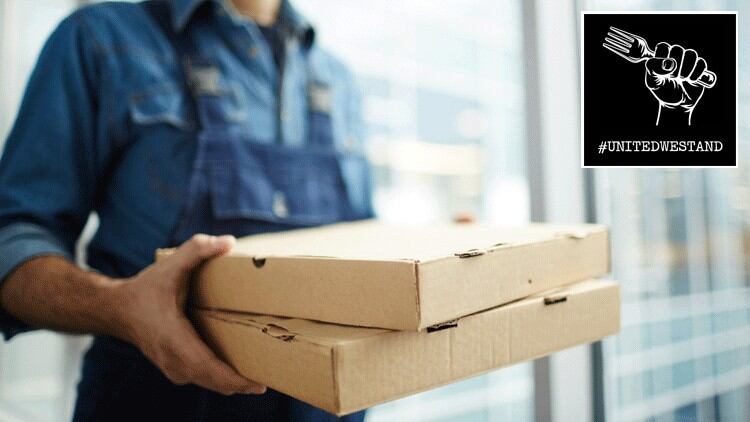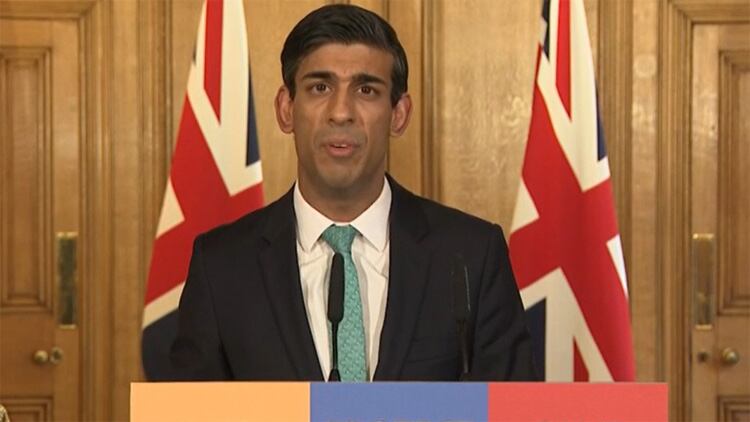1: Can all staff be put on furlough?
There are exceptions, but generally speaking they can, providing they were on payroll by 28 February 2020. Furloughed employees can include full-time; part-time; employees on agency contracts (providing they are not working); and employees on flexible or zero-hour contracts. The scheme also covers employees who were made redundant since 28 February 2020, providing they have subsequently been rehired by their employer. To be eligible for the JRS subsidy, employers should write to their employees confirming that they have been furloughed, and keep a record of this communication.
2: What are the exceptions?
The guidance makes clear that the JRS is for those not working, so employees working reduced hours or on reduced pay cannot benefit from the scheme. Employees hired after 28 February 2020 also cannot be furloughed, or claimed for in accordance with this scheme. The same applies to all employees on unpaid leave, unless they were placed on it after 28 February 2020.
Employees on sick leave or self-isolating as a result of the Coronavirus are entitled to statutory sick pay of £94.25 per week from the first day they are off work. They will need to provide an isolation note from the NHS, which can be obtained here. Small and medium-sized businesses will be able to reclaim up to two weeks statutory sick pay (SSP) paid to employees for absence related to coronavirus. This applies to all companies that had fewer than 250 employees as of 28 February 2020. Once an employee is no longer on sick leave, they are can also be furloughed.
3: How far back can the furlough claim be backdated?
The scheme is open to all UK employers for at least three months starting from 1 March 2020, with the guidance stating: “claims can be backdated until the 1 March if applicable”.
4: Can staff continue to accrue holiday pay while on furlough?
There is no mention of this within the JRS guidance, and the HMRC tells BigHospitality that details regarding the matter are still being ironed out and will be addressed through updated guidance that’s due to be released soon. However, according to employment law specialists Lewis Silkin, employees should continue to accrue holiday allowance while they are furloughed because they remain employed. In an analysis of the JRS, partners Lucy Lewis and Richard Moore write: “You could agree that no contractual holiday (beyond the statutory minimum of 5.6 weeks per year) will accrue during furlough, but employees will retain their right to accrue annual leave under the Working Time Regulations.” While this is technically correct, the notion of staff accruing holiday pay while on furlough amid the current crisis is not one likely to be encouraged. Government guidance says: "Employers should discuss with their staff and make any changes to the employment contract by agreement." Given the circumstances, however, holiday pay should not be a priority issue for businesses and furloughed staff should be made aware of this. London Union's Jonathan Downey's approach is to be clear with staff from the outset. He says he is asking furloughed staff to agree to three things: to being out on furlough; that, during the furlough period they will not accrue holiday pay; and that during the period any accrued holiday pay will run down to zero. "Anyone not agreeing to these terms doesn’t go on furlough," he says.
5: If an employee has more than one job, can they still be furloughed?
Employees that have more than one employer can be furloughed individually for each job. Each job is separate, and the cap applies to each employer individually. If you’re put on furlough by more than one employer, you’ll receive separate payments from each employer. The 80% of your normal wage up to a £2,500 monthly cap applies to each job.
6: Can furloughed employees continue to work elsewhere?
While it is not directly addressed in the Government guidance, HMRC has confirmed to BigHospitality that yes, employees can work for another employer while on furlough, providing their contract allows it. It is, however, noted in the guidance that with regards to agency workers, the JRS is only for employees on agency contracts who are not working.
7: How is the amount a business can claim per employee calculated?
Employers can claim a grant through HMRC to cover 80% of an employee’s regular wage up to £2,500 per month, and must pay this to their employees at the minimum. An employer can also choose to top up an employee’s salary beyond this, but is not obliged to do so under this scheme.
For full time and part time salaried employees, employers should use the actual salary before tax, as of 28 February 2020, to calculate the 80%. However, fees, commission and bonuses should not be included.
For those whose pay varies, but have been employed by a business for at least a year prior to the claim, the employer can claim for the higher of either the same month’s earning from the previous year; or the average monthly earnings from the 2019-20 tax year. If the employee has been employed for less than a year, employers can claim for an average of the employee’s monthly earnings since they started work.
The guidance also states: “If the employee only started in February 2020, use a pro-rata for their earnings so far to claim.”
8: What about Employer National Insurance and pension contributions?
According to the guidance: “All employers remain liable for associated Employer National Insurance contributions, and minimum automatic enrolment employer pension contributions on behalf of their furloughed employees.”
Employers will receive the associated Employer National Insurance contributions and minimum automatic enrolment employer pension contributions on the subsidised wages claimed through the JRS. However, National Insurance contributions and automatic enrolment contribution on any additional top-up salary will not be funded through the scheme. Likewise, any voluntary automatic enrolment contributions above the minimum mandatory employer contribution of 3% of income will not be covered.
9: How can someone make a claim under the Coronavirus Job Retention Scheme?
Businesses will be able to claim through an online service that is expected to be available by the end of April. To claim, you will need to provide:
- your ePAYE reference number
- the number of employees being furloughed
- the claim period (start and end date)
- amount claimed (per the minimum length of furloughing of three weeks)
- your bank account number and sort code
- your contact name
- your phone number
You will also need to calculate the amount you are claiming. HMRC will retain the right to retrospectively audit all aspects of your claim.
10: What happens after the claim is made?
The guidance states: “Once HMRC have received your claim and you are eligible for the grant, they will pay it via BACS payment to a UK bank account. You should make your claim in accordance with actual payroll amounts at the point at which you run your payroll or in advance of an imminent payroll.”
To read the full Government guidance regarding the Coronavirus Job Retention Scheme, click here.
#UnitedWeStand has been created by William Reed hospitality titles BigHospitality, Restaurant magazine and The Morning Advertiser, and is supported by Arla Pro, McCain, Britvic, and Unilever Food Solutions




